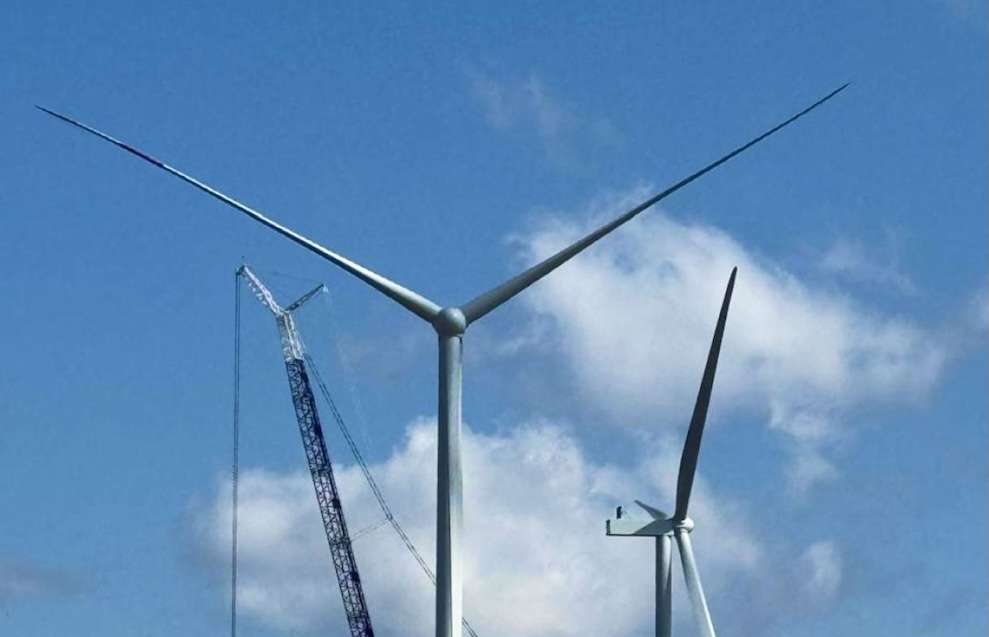In Nairobi, an industrial pilot to use AI for predictive maintenance at a mid-size sugar mill was paused after the contractor discovered the site lacked certified HPC technicians and cloud-ops engineers to run model training and manage GPU clusters.
The project promised to cut downtime by half and stalled while the company scrambled to recruit talent overseas. That pause is not an isolated hiccup but a pattern across the continent: infrastructure is arriving faster than the people who can operate it.
The tightrope between capacity and capability
African governments and private investors are pouring money into AI infrastructure data centres, cloud regions, and pilot HPC clusters aiming to capture productivity and industrial gains. Yet surveys and industry reports show a persistent, measurable skills shortfall: large shares of firms report AI skills as mission-critical while simultaneously flagging shortages that delay projects and reduce ROI.
A 2025 industry survey found that 85% of organizations rank AI development skills as a priority, with many reporting project delays and failed initiatives due to a lack of trained professionals. While global tech giants like Microsoft, Cisco, and SAP have launched major skilling programmes, demand is outpacing supply across Africa.
Key Data Table
Estimated Current AI Workforce Availability vs Projected Industrial Demand by 2025
| Category | Current Available Specialists | Projected Industrial Demand | Shortfall |
| AI engineers / ML developers | 120,000 | 350,000 | 230,000 |
| HPC / GPU operators | 6,000 | 25,000 | 19,000 |
| Cloud & DevOps engineers | 80,000 | 210,000 | 130,000 |
| Data-centre technicians / energy operators | 25,000 | 90,000 | 65,000 |
These figures combine available reports, talent indices, and industry surveys as of 2025 and represent conservative estimates.
Training Gaps by Skill Category
| Skill Category | % of Organisations Reporting Insufficient Staff |
| AI / ML development | 85% |
| Generative AI / prompt engineering | 83% |
| Cloud / HPC operations | 65% |
| Data-centre energy & cooling operations | 58% |
What’s Causing the Gap?
- Supply lag in tertiary and technical training. Universities and polytechnics are updating curricula slowly; few have integrated HPC and data-centre management into their engineering or computer science tracks.
- Concentration of talent. A handful of countries South Africa, Kenya, Nigeria, and Ghana host most training and venture activity, creating regional bottlenecks and intense poaching.
- Mismatch of skills. Employers need systems-level engineers as much as model builders, but most training focuses narrowly on coding or basic AI tools.
- Urgency of industrial adoption. Manufacturers, utilities, and telecoms are deploying AI pilots at scale. When in-house capacity is missing, projects stall or depend on expensive offshore consultants.
Sidebar Local AI Lab Shortfall
At a university-affiliated AI lab in Accra, administrators secured funding for GPU clusters and industrial partnerships but had only two trained cluster administrators for a 64-GPU system. Without certified operators and a talent pipeline, scheduled industrial trials were delayed by months. This example captures Africa’s broader challenge: hardware without human capacity leads to underused assets.
Why This Matters for CEOs and Policy-Makers
The consequences are concrete: slower time-to-value, longer payback on data-centre investments, and weakened competitiveness as international firms strengthen regional dominance. Analysts estimate that while Africa’s AI economy could add billions in value, that potential is conditional on closing the skills gap.
For industrial adopters, the calculus is clear: without local talent, total cost of ownership and vendor dependence rise sharply eroding long-term ROI.
Also read: Why Liquid Cooling Is Now Non-Negotiable for AI Data Centers
Actionable Strategies to Bridge the Gap
- Public-private skilling pacts. Regional governments should partner with cloud providers and manufacturing associations to build structured AI and HPC apprenticeship pipelines.
- Create HPC and data-centre apprenticeships. Certified technician and operator programmes can shorten onboarding times for industrial projects.
- Incentivize on-the-job rotations. Offer tax credits or subsidies for firms that train engineers across multiple industries, promoting cross-sector skill transfer.
- Fund regional centres of excellence. Shared GPU farms and AI hubs with mandatory operator training ensure hardware investments produce usable expertise.
- Standardize certifications. Establish recognized continental standards for AI, HPC, and data-centre roles to boost trust and reduce reliance on foreign consultants.



